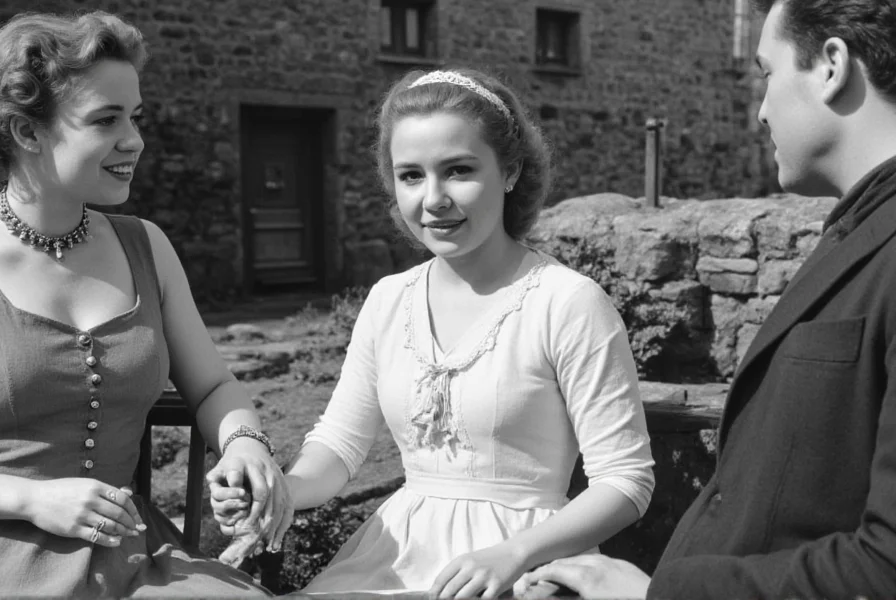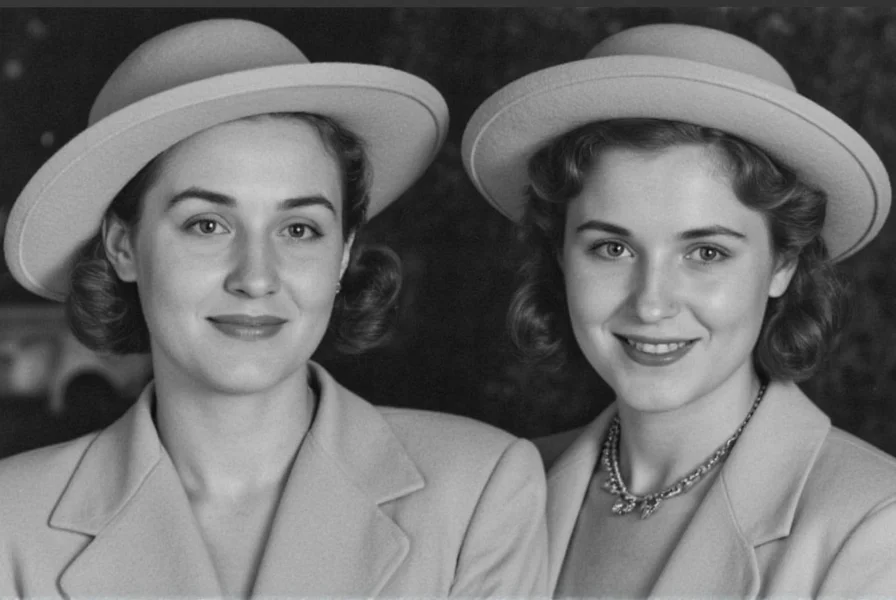Ginger & Rosa offers a poignant cinematic exploration of female adolescence during one of history's most tense geopolitical periods. The film's power lies in its ability to intertwine personal and political crises, creating a narrative where the threat of nuclear war mirrors the emotional instability of its young protagonists. Sally Potter's direction captures the 1960s London setting with authentic detail while focusing on the intimate emotional landscape of her characters.
Historical Context and Setting
The film's setting during the Cuban Missile Crisis provides more than just historical backdrop—it serves as a powerful metaphor for the emotional volatility of adolescence. As world leaders teetered on the brink of nuclear war, Ginger and Rosa experience their own personal crises that feel equally catastrophic to them. This parallel structure gives the film its distinctive emotional resonance, allowing viewers to understand how global events shape individual consciousness.
| Film Element | Details |
|---|---|
| Release Year | 2012 (UK), 2013 (US) |
| Director | Sally Potter |
| Lead Actors | Elle Fanning, Alice Englert |
| Historical Setting | London, 1962 (Cuban Missile Crisis) |
| Runtime | 93 minutes |
Character Development and Relationships
The heart of ginger and rosa film analysis lies in its nuanced portrayal of the evolving relationship between the two title characters. Initially inseparable, their friendship fractures as they respond differently to the political and personal upheavals surrounding them. Ginger, the more politically conscious of the two, becomes increasingly involved in anti-nuclear activism, while Rosa embraces a more rebellious, risk-taking path. This divergence reflects how adolescents process trauma and uncertainty in markedly different ways.
What makes ginger and rosa character development particularly compelling is how Potter avoids simplistic characterizations. Both girls demonstrate strength and vulnerability, making choices that feel authentic to their developmental stage. Their parents' complicated relationships further complicate their emotional landscape, creating a multi-generational examination of how political beliefs and personal choices intersect.
Themes and Cinematic Techniques
One of the most significant aspects of ginger and rosa themes explained is its exploration of political awakening. The film shows how global events filter down to affect individual consciousness, particularly among young people who lack the historical perspective of adults. Ginger's journey from passive observer to active protester mirrors a broader coming-of-age narrative that resonates beyond the specific historical moment.
Potter's directorial choices enhance the film's thematic depth. The use of handheld cameras creates an intimate, almost documentary-like feel that draws viewers into the girls' subjective experiences. The color palette shifts subtly as the narrative progresses, reflecting the characters' emotional states. These sally potter ginger and rosa techniques work in concert to create a film that feels both historically specific and timelessly relevant.
Critical Reception and Cultural Significance
Ginger and rosa critical reception has been largely positive, with critics praising its authentic portrayal of female adolescence and its thoughtful engagement with historical events. Many reviewers noted how the film avoids common coming-of-age clichés while still delivering emotional authenticity. The performances by Fanning and Englert received particular acclaim for their naturalism and emotional complexity.
The film's enduring relevance lies in its exploration of how young people process uncertainty and fear—themes that continue to resonate in today's world of climate anxiety and political polarization. As a ginger and rosa coming of age film, it offers valuable insights into how adolescents navigate complex emotional terrain while developing their political consciousness.

Why Ginger & Rosa Matters Today
In an era of heightened global tensions and youth activism, ginger & rosa historical context provides a valuable lens through which to understand how political crises affect young people's development. The film demonstrates that adolescents are not merely passive recipients of historical events but active participants who develop their own responses to societal challenges.
What makes this film particularly valuable for contemporary audiences is its refusal to offer easy answers. The complexities of friendship, family, and political engagement remain unresolved at the film's conclusion, reflecting the ongoing nature of these developmental processes. This authenticity is what continues to make ginger and rosa film analysis relevant for film studies and adolescent psychology alike.
What is the main message of Ginger & Rosa?
The main message explores how global political crises intersect with personal coming-of-age experiences. The film suggests that adolescents process world events through their immediate emotional landscapes, and that political awakening often coincides with personal identity formation during adolescence.
Is Ginger & Rosa based on a true story?
No, Ginger & Rosa is not based on a true story. It is a fictional narrative created by writer-director Sally Potter. However, the film authentically captures the atmosphere of 1962 London during the Cuban Missile Crisis and reflects real historical concerns about nuclear war that affected people worldwide during that period.
What does the ending of Ginger & Rosa mean?
The ending suggests that while the intense friendship between Ginger and Rosa has changed irrevocably, both girls have developed greater self-awareness. The film concludes with Ginger participating in a peace march, indicating her continued political engagement, while the final shots emphasize that both characters are moving forward on their individual paths of growth and self-discovery.
How does Ginger & Rosa portray the Cold War era?
The film portrays the Cold War era through the lens of everyday Londoners, particularly focusing on how the threat of nuclear war permeated domestic life. Rather than showing political leaders or military operations, it depicts families building bomb shelters, children practicing air raid drills, and ordinary citizens organizing peace protests, creating a ground-level view of historical anxiety.











 浙公网安备
33010002000092号
浙公网安备
33010002000092号 浙B2-20120091-4
浙B2-20120091-4